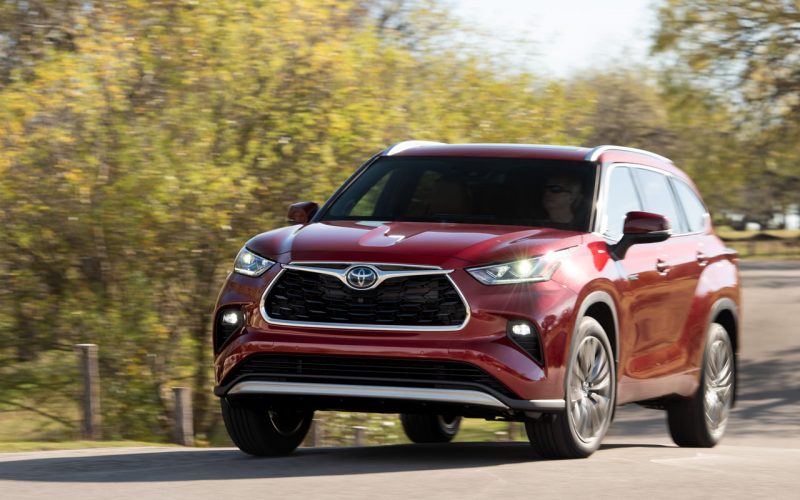
Reading Time: 3 minutesNo other automaker has sold more hybrid electric vehicles than Toyota, the brand having initiated the
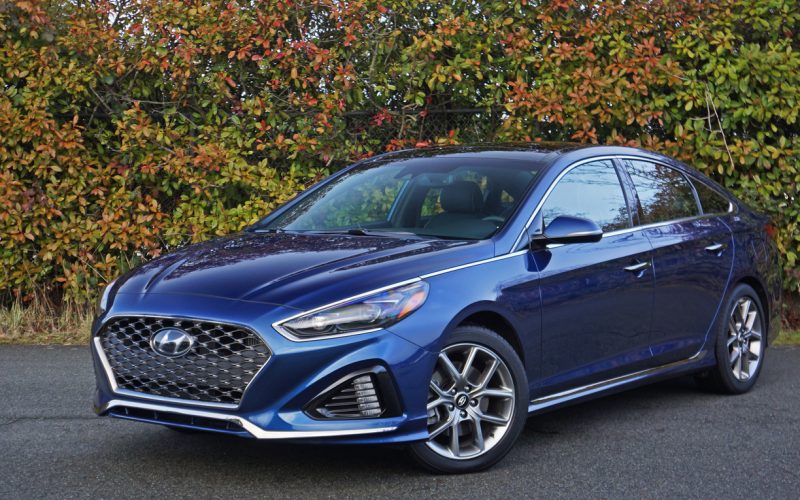
Reading Time: 15 minutesThe Sonata has been with us for a long time, 31 years in fact. During those
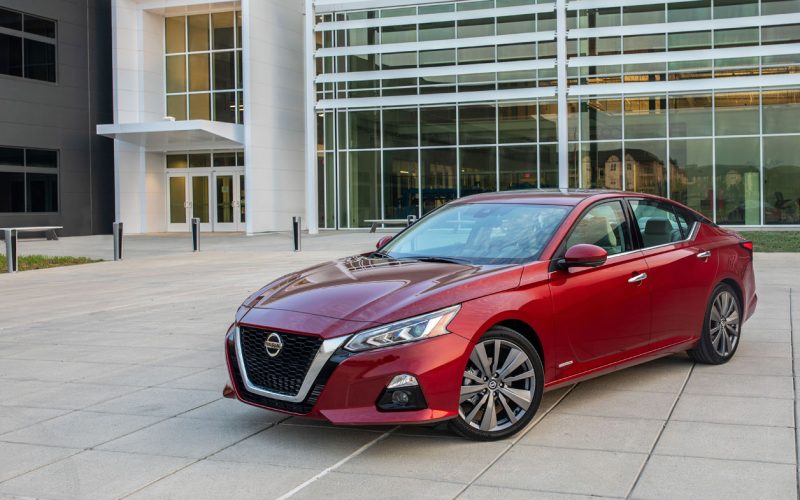
Reading Time: 8 minutesMid-size sedan sales may be on a downward trend, but the once dominant market segment still
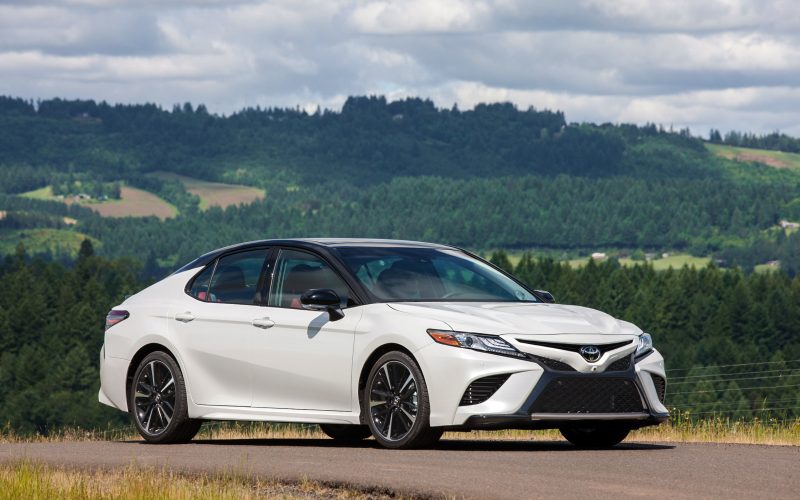
Reading Time: 2 minutesTokyo – Automotive Linux Summit – Wednesday May 31, 2017 – Toyota Motor Corp announced that
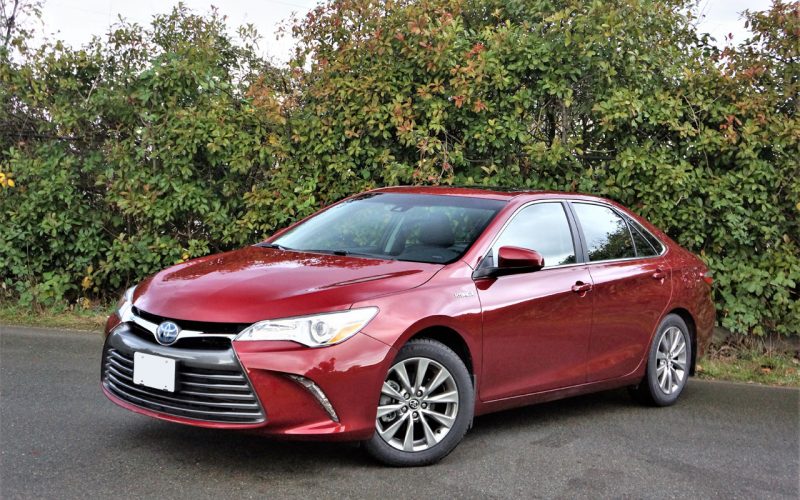
Reading Time: 6 minutesRemember when the Camry was the poster child for conservatively shaped mobile wallflowers? Its soul mission
© 2025 The Car Magazine. All Rights Reserved, Privacy Policy | Terms of Use